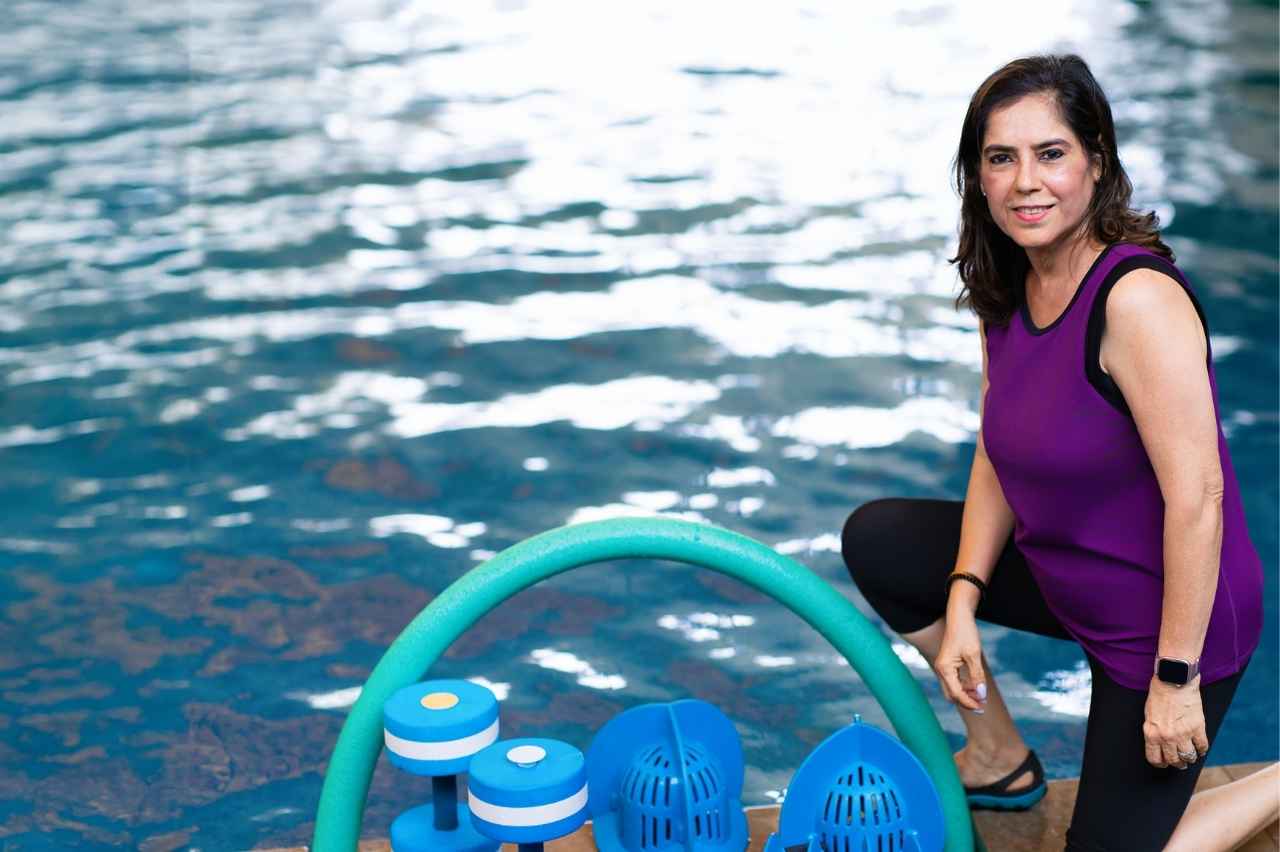At the beginning of this year, the Maldivian Ministry of Tourism announced a new regulation to be implemented by all tourist establishments by September 2021. This regulation should provide visitors to the Maldives with additional safety by making swimming and watersports activities safer with lifeguards on duty.
In preparation for this regulation, the general manager for Sun Siyam Diving, SSI Instructor Trainer Koen Zuurbier, along with SSI Assistant Instructor Trainer and base leader of Sun Siyam Diving Olhuveli Ibrahim Mohamed (Jackie), attended on and completed their SSI Beach Lifeguard instructor training on an intensive five day SSI Lifeguard course.
According to SSI, The ultimate goal is to have lifeguards on-site at swimming facilities around the Sun Siyam Resorts islands as well as a designated “Lifeguard on Duty” beach zone in a bid to make swimming and in-water recreation at their resorts safer.

The course, conducted by SSI Area Manager for the Maldives, Lifeguard Instructor Trainer and ex-paramedic Martin Langenberg, started with a gruelling swim test of 400 meters, an underwater swim of 15 meters, and a rescue approach swim of 50 meters to make sure that the candidates are up to a swimming standard necessary to be able to save lives in the water.
Upon passing the swim test, the course continued with a combination of theoretical and practical training in and out of the water to first give them the knowledge on recognising and responding to problems that can arise at the pool or beach.
Once they had passed the requirements to become beach lifeguards the additional training to bring them up to SSI Lifeguard Instructors began. Due to their current levels within the SSI system, this instructor training was a small step for them as they already have a very good knowledge of the SSI teaching philosophy – Comfort through repetition.
It’s amazing that in a country made of islands and surrounded by water there was never a regulation to have lifeguards on duty until now!
General Manager for Sun Siyam Diving, SSI Instructor Trainer Koen Zuurbier.
To allow for a wider range of inclusivity of candidates, SSI put in a lot of effort early this year to get the SSI Lifeguard and React Right (first aid & CPR, Oxygen provider & AED) courses translated into the Maldivian native language of Dhivehi. This is a great new career opportunity for local youth looking for work in the tourism industry.
Feature image by SSI








